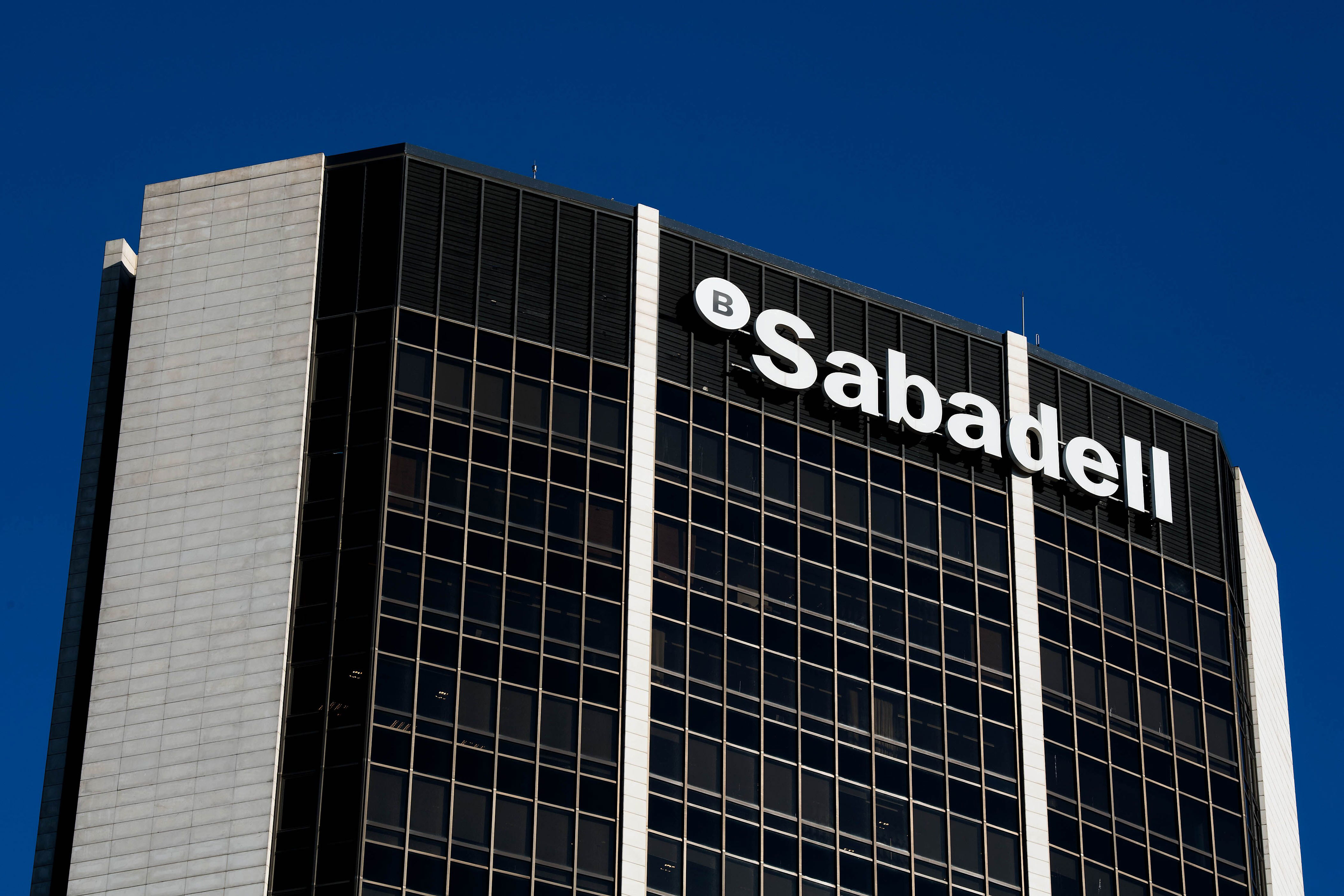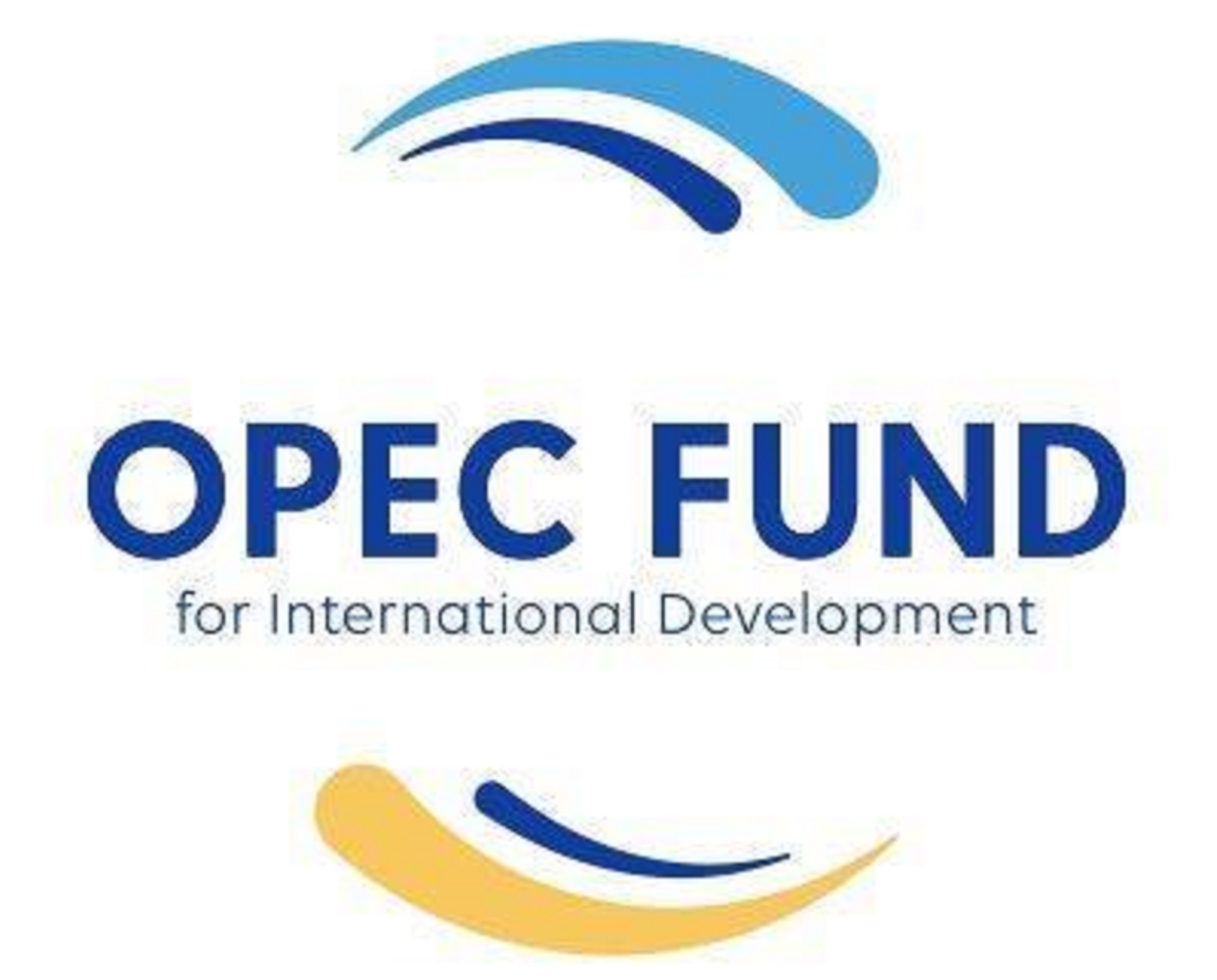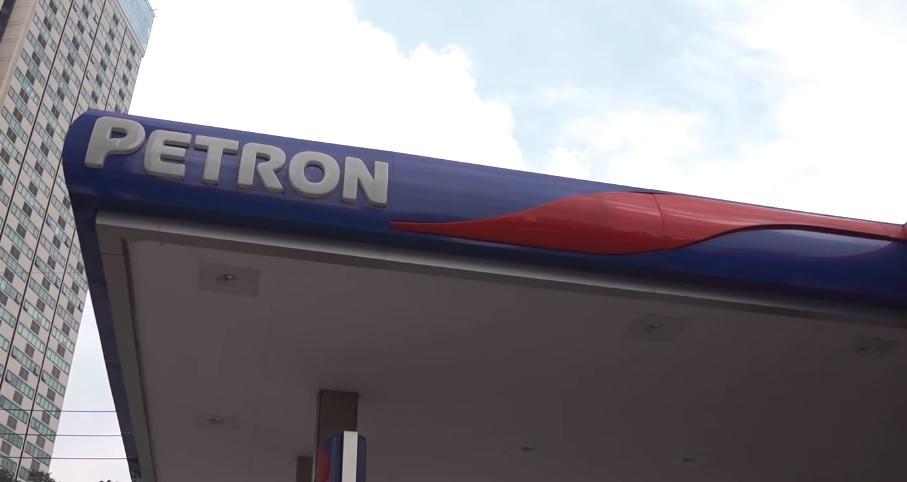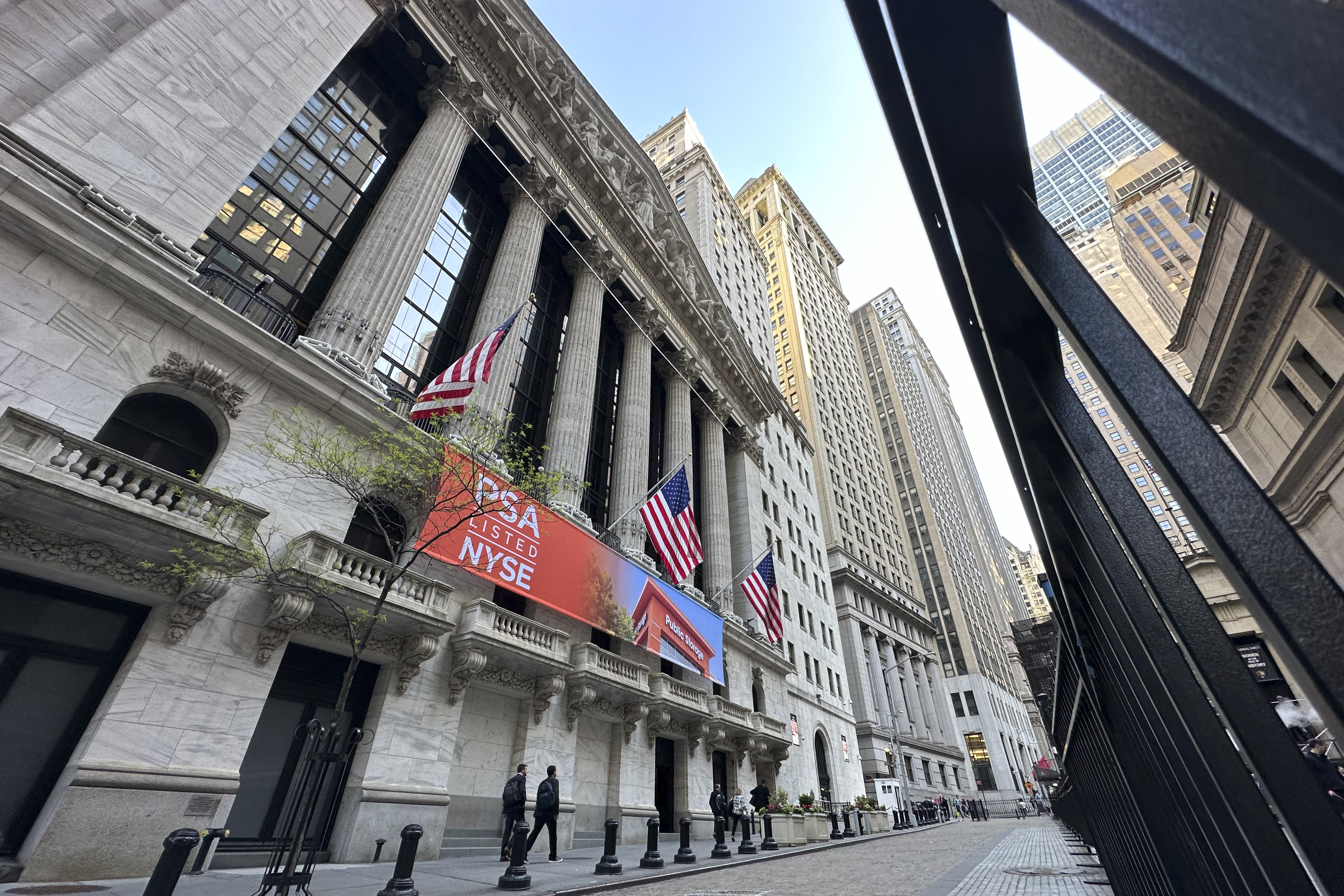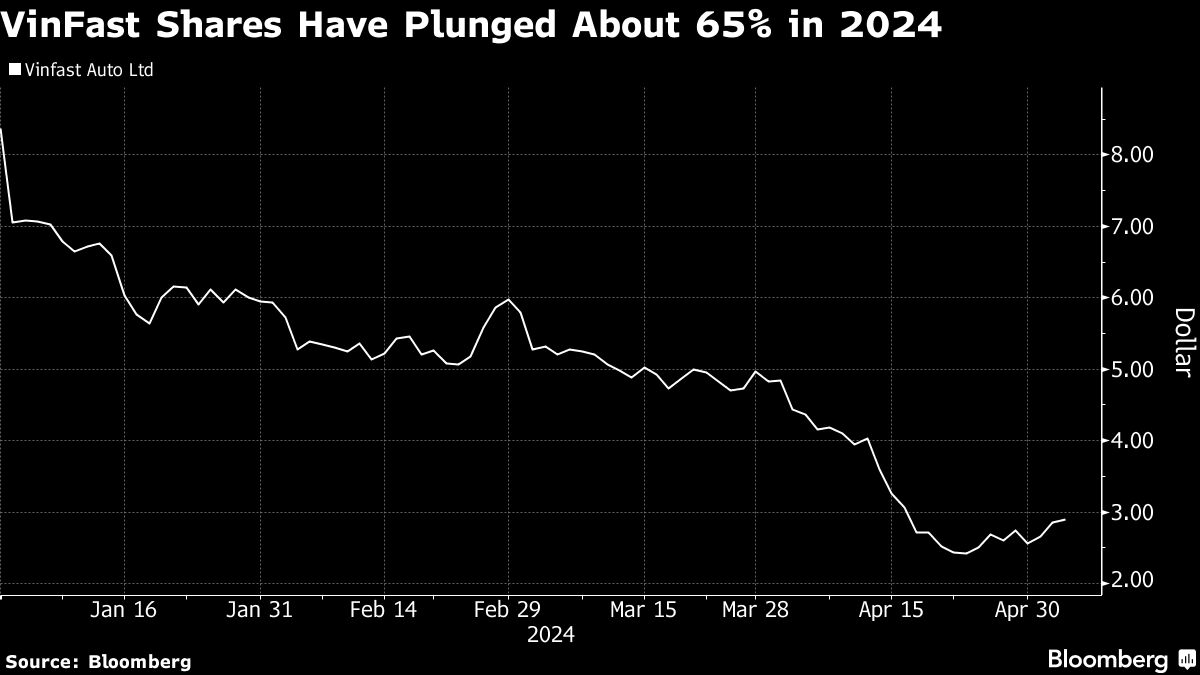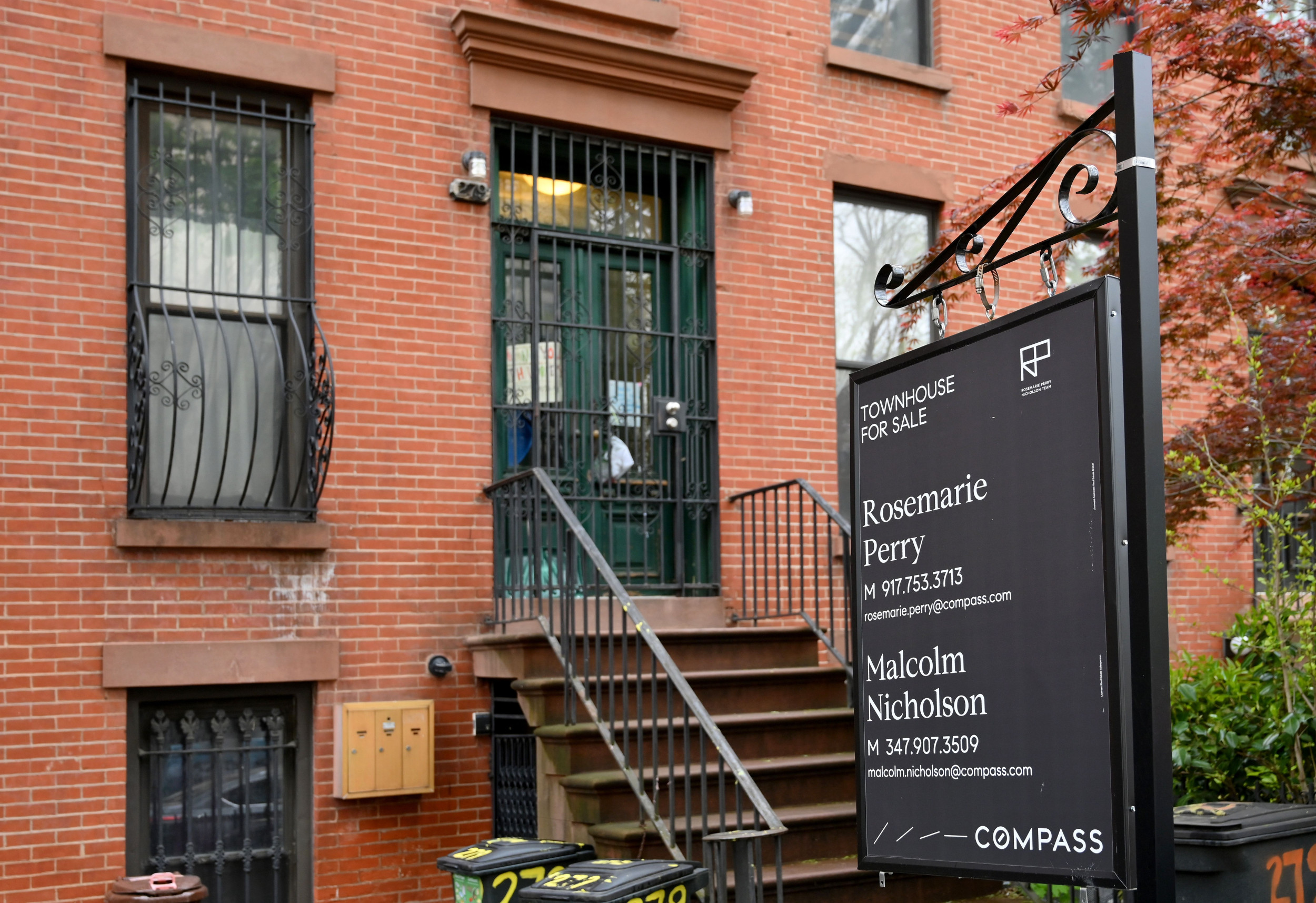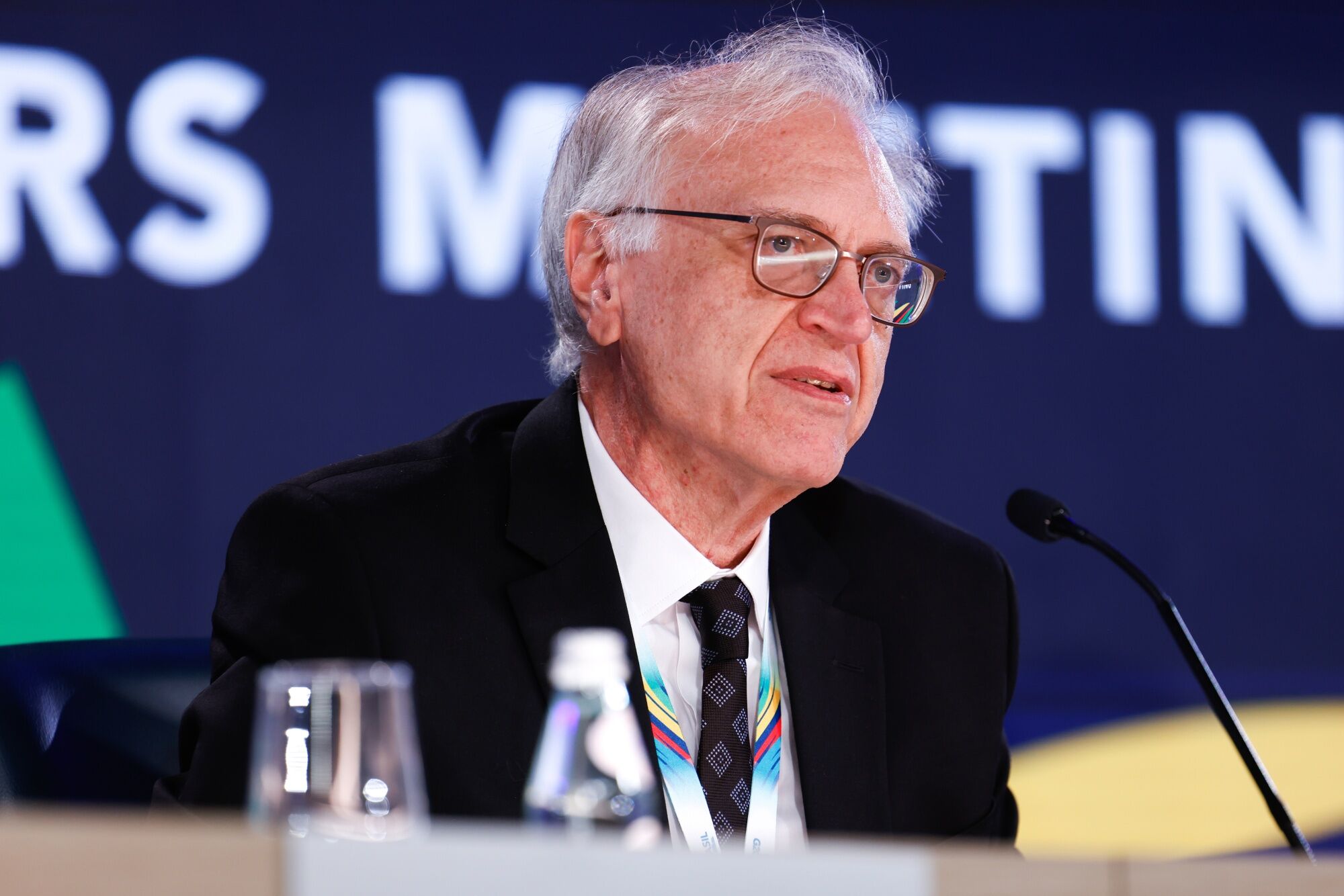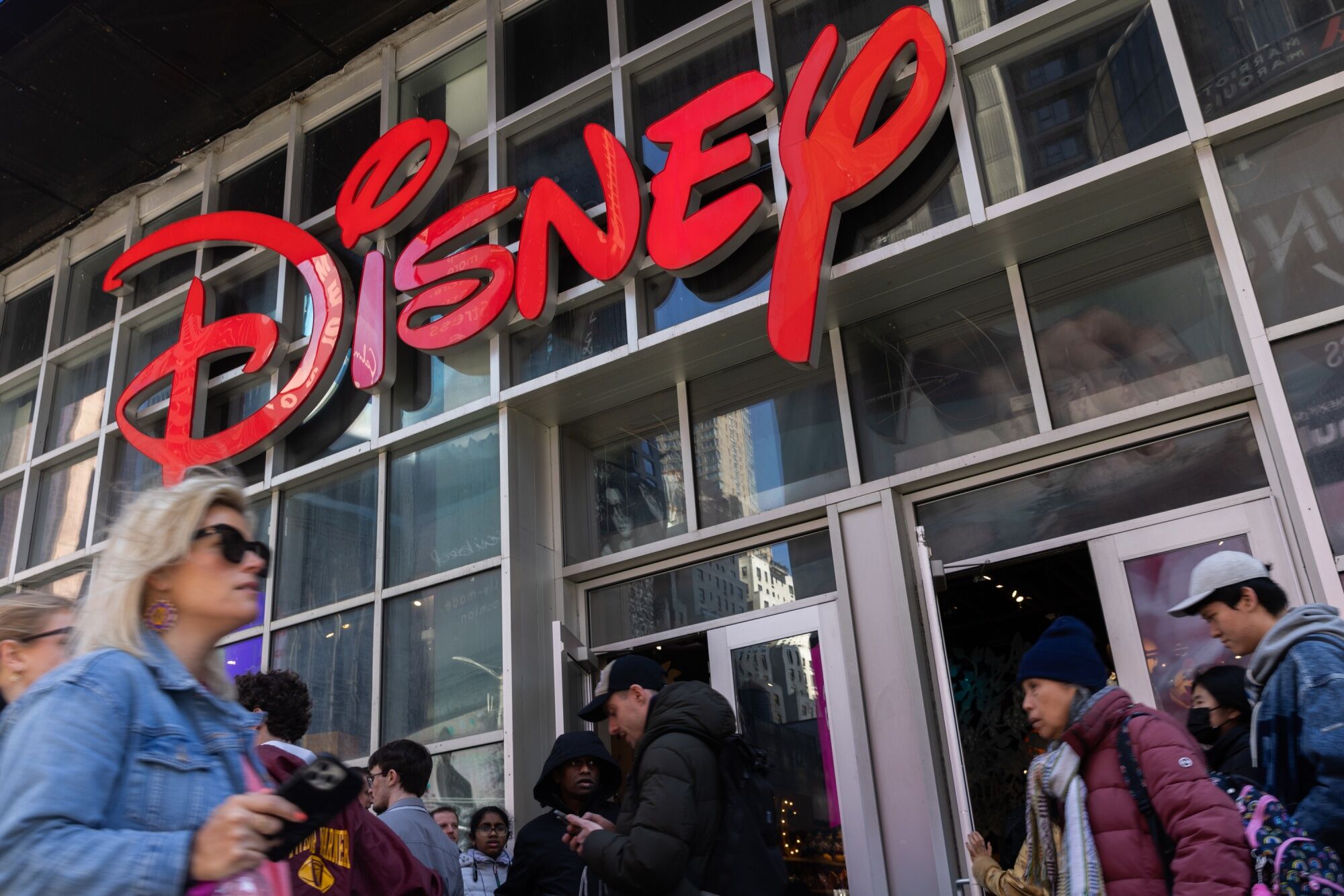
BEST HIGH-YIELD SAVINGS ACCOUNTS OF MAY 2024: UP TO 5.35%
Compare Vault’s 10 Best High-Yield Savings Account Rates
Best for Banking Online
CIT Bank Platinum Savings
Vault Verified
Why We Chose It
We chose CIT Bank Platinum Savings due to its exceptional rate of 5.05% APY on balances of $5,000 or more and the account’s notable lack of fees. As an online financial institution, CIT Bank also makes opening and funding an account from home a breeze. Read our CIT Bank review.
Pros
- Earn competitive rates when you deposit $5,000 or more
- No account opening or maintenance fees
- Interest compounds daily
Cons
- Minimum opening balance of $100 required
- Accounts less than $5,000 earn a 0.25% APY
- No physical bank branches
Best for Cash Withdrawals
UFB High Yield Savings
Vault Verified
Why We Chose It
UFB High Yield Savings stands out due to the account’s exceptional rates on savings, which are currently at 5.25% APY. As an online-only institution, UFB Direct also offers an array of digital banking tools. But where UFB really shines is providing an ATM card—a rarity with online-only banks—allowing fee-free withdrawals from over 90,000 national locations. Read our UFB Direct review.
Pros
- All savings account members get an ATM card for cash withdrawals
- No minimum opening balance requirement
- No monthly maintenance fees
Cons
- No physical bank branches
Best for Savings With Checking
SoFi High-Yield Savings Account
Vault Verified
Why We Chose It
SoFi is unique because it offers impressive rates on savings, yet the account automatically comes with a checking component that has its own share of benefits. Essentially, customers get to earn up to 4.60% APY on savings with no account fees, and they get a checking account with early direct deposit benefits, no-fee overdraft protection and vast mobile banking tools. Read our SoFi review.
Pros
- Get a combined checking and savings account
- No account fees required
- Bonus offer up to $300 cash when setting up direct deposit
Cons
- Savings-only accounts not available
- Lower yield on savings than some competitors
- No physical bank branches
Best for Tracking Goals
Capital One 360 Performance Savings
Vault Verified
Why We Chose It
Capital One 360 Performance Savings offers a competitive rate on savings (4.25% APY) plus the benefit of exceptional digital banking tools. You can open as many savings accounts as you need to allocate funds for different goals, all while earning the same competitive interest rate. Capital One also lets you easily set up automatic transfers to meet your financial goals faster. The Capital One mobile app lets you make deposits, track your balances and more, and it’s one of the most highly-rated banking apps out there. Read our Capital One Bank review.
Pros
- No minimum opening balance required
- No monthly account fees
- Physical branches available for in-person support
Cons
- Less competitive rates than some other accounts
Best for No Fees
Upgrade Premier Savings
Vault Verified
Why We Chose It
Upgrade Premier Savings lets consumers earn a 5.21% APY on savings balances of $1,000 or more—and with no fees to boot. Upgrade’s highly-rated mobile app also lets users track their balances, make deposits and more.
Pros
- No account fees
- Earn competitive rates on balances of $1,000 or more
- Enjoy 24/7 mobile account access
Cons
- Zero interest earned on balances less than $1,000
- No mobile check deposit for savings
- No physical bank branches
Best for Low Balances
Citizens Access Savings
Vault Verified
Why We Chose It
Citizens Access Savings is a great option for people just building their savings since its best high-yield savings account rate (currently 4.50% APY) applies to balances over $0.01. This bank also boasts a robust online presence with mobile access available. Read our Citizens Bank review.
Pros
- $.01 balance requirement
- All savings balances earn interest
- No monthly fees
Cons
- No physical bank branches
- No way to access your money via ATM
- No checking account offered
Best for Unlimited Withdrawals and Transfers
BMO Alto Online Savings
Vault Verified
Why We Chose It
The BMO Alto Online Savings Account earns a respectable 5.10% APY on all balances, doesn’t require a minimum deposit to open an account or have any fees to hamper your savings growth. If you’re someone who makes multiple transfers or withdrawals each month, this high-yield savings account may be for you—BMO allows unlimited withdrawals and transfers from your account. You can also open an account online in just a few minutes. Read our BMO Alto review.
Pros
- Earn a competitive interest rate on all balances
- Unlimited monthly withdrawals and transfers
- No fees or balance requirements
Cons
- Web access only
- No ATM access or physical branches
Best for Large Initial Deposits
BrioDirect High-Yield Savings Account
Vault Verified
Why We Chose It
BrioDirect earns one of the highest interest rates on our list of best high-yield savings accounts, but you have to make a $5,000 deposit to open the account and earn the highly competitive rate. If you have a large deposit to get started, the BrioDirect High-Yield Savings account might be a great choice. You can make your deposit by ACH transfer from an external bank account, check or wire.
Pros
- No monthly maintenance fee
- Easy and fast application process
- Mobile and online banking availability
Cons
- Must maintain $25 minimum balance to earn 5.35% APY
- No checking account option
Best for Fast Deposit Access
EverBank Performance Savings
Vault Verified
Why We Chose It
EverBank, formerly TIAA Bank, offers a competitive 5.15% APY on its Performance Savings Account. There are no minimum opening balance requirements or monthly maintenance fees. Although you can only make cash deposits in one of nine Florida branch locations, there is a mobile app to deposit cash and you can also make transfers between your Yield Pledge Checking, Money Market or external bank account. And you can get access to your funds fast, sometimes as soon as the same day.
Pros
- $0 opening balance requirement
- Interest compounds daily
- Web Safety Guarantee to combat fraud
- Can make mobile check deposits
- Have access to deposits as soon as the same day
Cons
- Florida is the only state with physical branches for cash deposits
Best for Great Rates
My Banking Direct High Yield Savings Account
Vault Verified
Why We Chose It
The My Banking Direct High Yield Savings Account earns an impressive 5.35% on any balance over $1. There are no monthly account fees, though you’ll need at least $500 to open the account. You’ll also get the same advantages as Flagstar Bank, N.A. customers, like online and mobile banking through the Flagstar Mobile Banking app, access to CDs and a checking account, which includes bill pay, Zelle and mobile checking deposit.
Pros
- Earn a highly competitive interest rate APY on all balances over $1
- Mobile and online access
- No account fees
Cons
- No ATM card
- No physical branch locations
High-Yield Savings Account Introduction
With the national average savings account rate at just 0.47% APY, opening an account that offers a better return can be well worth the time and effort. For the most part, you’ll find much more competitive rates from banks and financial institutions that offer high-yield savings accounts, and many of these accounts come free of monthly fees, hidden charges and excessive fine print.
That said, many of the best high-yield savings accounts are offered by online-only banks that don’t have any physical locations to visit for in-person support. This is one of the tradeoffs you may need to make for a better return on savings: giving up in-person banking in exchange for savings rates that make sense.
Fortunately, online banks make digital banking relatively easy thanks to their mobile apps and websites. Once you get the hang of tracking balances online, setting up ACH transfers and using a mobile app to manage accounts, you may never go back to in-person banking again.
What Is a High-Yield Savings Account?
A high-yield savings account works exactly like a traditional savings account other than the fact it offers more interest on deposits. This may make you wonder why anyone would keep their savings with a traditional bank that’s offering the average rate or even less than that. For example, Chase Bank offers a paltry rate of 0.01% on its savings products nationwide, and Wells Fargo accounts do only slightly better with most accounts by offering 0.25% on balances up to $99,999.
Obviously, a high-yield account lets you get a better return on savings over time. Many accounts also come with no monthly maintenance fees or hidden fees, so you don’t have to worry about losing your gains to fees and fine print.
Even so, you’ll still want to compare high-yield accounts side by side to know exactly what the terms are and how you can meet them. After all, some high-yield savings accounts have a minimum opening balance requirement or a minimum balance requirement to earn their highest yield. Others might charge fees you don’t know about, such as fees for accessing your savings at an ATM.
Who Should Get a Savings Account?
Everyone can benefit from having a savings account, even if the initial amount saved is relatively small. This is where it makes sense to compare high-yield savings accounts based on their minimum balance requirements and opening balance requirements. If you’re just starting to save, picking an account that earns interest on any balance from day one is your best bet.
Other types of situations where a savings account makes sense:
- Anyone saving for a large purchase. A high-yield savings account is a great place to stash money you’re saving for something big, whether you want to buy new furniture or take your family on a dream vacation.
- Couples saving for a home. If you’re saving up the down payment for a home, a high-yield savings account lets you maximize interest on your balance as you save.
- Families building emergency savings. Most experts recommend having three to six months of emergency savings stashed away for life’s “what ifs,” such as a job loss, a loss in income or an emergency health crisis.
- People who want to keep savings separate. Having savings separate from checking can be crucial for people who worry they will dip into their savings for spending or bills.
- Retirement savers who want to diversify. While most people need to invest in securities like stocks and bonds to build up enough wealth to retire, high-yield savings accounts with great rates offer a fixed return that can make sense in certain situations.
High-Yield Savings Terminology
Knowing all the terms associated with savings accounts can help you maximize interest and grow more wealth over time.
- Compound interest: The term compound interest describes the reality of earning interest on interest you have already earned. This means that, as your savings account balance grows due to interest earned, the amount of money you accumulate interest on increases with each passing month.
- Interest: When it comes to savings accounts, interest is the amount of money a bank pays you for keeping money on deposit. Note that interest rates on savings accounts fluctuate over time based on market conditions.
- Interest rate: The term interest rate is used to describe the amount of interest someone pays or earns on their account. Some interest rates are fixed, meaning they never change, whereas others are variable and move up and down over time based on market conditions.
- Annual percentage yield: APY stands for annual percentage yield, and it describes the amount of money you can earn on your savings after taking compound interest into account. All other factors aside, comparing high-yield savings accounts based on the APY they offer is a smart move.
- Minimum balance requirement: The minimum balance requirement put in place by banks is the minimum amount of money you need to open an account or maintain in the account over time. Also, be aware that some accounts don’t require a minimum balance to open a savings account, yet you only earn interest on accounts that reach a minimum balance threshold.
- Money market account: A money market account (MMA) is offered by banks and credit unions and is similar to a savings account. However, these accounts typically come with check writing privileges.
How To Choose a High-Yield Savings Account
The best high-yield savings account for you really depends on how much money you have to save, the ways you want to be able to access your money and how comfortable you are with digital banking. Consider these factors as you pick an account.
Account Access
Since most high-yield accounts are offered through online banks, you need to have a handle on ways you can make deposits and access your money. For example, you’ll want to know whether an ATM card comes with your account and the different ways you can deposit money via ACH transfers or a mobile app. You’ll also want to know your options when it comes to accessing money in your savings account, and if the institution offers a checking account option.
Annual Percentage Yield (APY)
Comparing accounts based on the APY they offer is the best way to know how much you’ll earn on your savings over time. Ideally, you’ll pick a bank with the highest APY possible based on your account balance.
Balance Requirements
Look for minimum opening balance requirements as well as ongoing balance requirements to earn the highest possible APY. Fortunately, the best banks tend to have reasonable requirements, and some high-yield savings accounts have no balance requirements at all.
FDIC or NCUA Insurance
All the high-yield savings accounts that made our ranking come with FDIC insurance from the Federal Deposit Insurance Corporation, which protects depositors in amounts up to $250,000 per insured bank for each ownership category. Note that savings accounts opened with credit unions should come with similar coverage from the National Credit Union Administration (NCUA). This protection also comes standard with $250,000 in protection per share owner, per insured credit union for each account ownership category.
Fees
You shouldn’t have to pay fees to keep money in a savings account, so we recommend avoiding accounts that charge fees. At the very least, you should know what fees can apply and what you’ll need to do to avoid them.
Withdrawal and Transfer Limits
With such competitive interest rates compared to a traditional savings account, it makes sense to put your money in a HYSA to earn more interest. If you have plans to make multiple withdrawals or transfers each month—or multiple emergencies happen in a row—you should check to see if there are limits to how many you can make per month.
Some banks still use the six-per-month limit brought about by the now-suspended Federal Reserve Regulation D. You could pay a fee for all transactions exceeding the limit. Other banks offer unlimited transfers and/or withdrawals.
Compounding Frequency
Banks vary on when they compound interest. Savings accounts can compound daily, monthly, quarterly, or annually. Choosing a bank or credit union that compounds interest daily can help your money grow faster.
How To Get a High-Yield Savings Account
Opening a high-yield savings account is fairly easy whether you do it online or in person. The following steps can help you get your account started in a matter of minutes.
- Compare the best high-yield accounts. Compare savings accounts based on their balance requirements, account features and savings rates to find the right fit.
- Make sure you have the minimum opening balance required. If the bank you’re considering requires a minimum balance to open an account, make sure you have the cash ready in a separate account ahead of time.
- Open an account. Open an account by providing information like your full name, mailing address, date of birth, Social Security number (SSN), phone number and email address.
- Fund your new account. Transfer funds to open your new savings account, which you can normally do by electronic transfer, a check in the mail or a wire.
- Start building savings. Start building your savings by setting up automatic transfers to your account, and monitor your growing balance over time via your bank’s website or mobile app.
Best Ways To Use a High-Yield Savings Account
The high-yield savings account earns a competitive interest rate—rivaling many short-term CD rates—and allows you to keep your money liquid to use at a moment’s notice. It can also help you meet a variety of goals, like:
- Purchasing home furnishings or appliances
- Paying for home renovations
- Funding an upcoming wedding or honeymoon
- Putting money down on a new home purchase
- Financing a new car
- Seasonal expenses, like estimated taxes, car registration and insurance premiums
- Saving to have a baby or adopt
- Paying for educational expenses
- Putting money away in an emergency fund
- Paying for a vacation
- Buying birthday or holiday gifts
Are High-Yield Savings Accounts Worth it?
An HYSA is a great option for short-term goals, such as an emergency fund, a once-in-a-lifetime vacation or paying seasonal expenses. However, for long-term savings, like retirement, a tax-advantaged retirement account is usually the best choice, as it provides tax savings and higher rates of return.
Although a high-yield savings account can earn 5% or higher in interest, the average rate of return for a savings account is just 0.47%, according to the Federal Reserve. Meanwhile, the best-performing mutual funds are averaging around 10% to 12%.
High-Yield Savings Account Alternatives
A savings account can help you earn more interest as you save money, yet there are other types of accounts to consider as well. Consider these alternatives to open in place of, or in addition to, a high-yield savings account.
High-Yield Savings Account vs. Checking Account
Where high-yield savings accounts give you the chance to earn more interest on your money, they do come with limitations. For example, savings accounts don’t come with check writing privileges and many don’t come with a debit card. These accounts also typically don’t offer bill pay features, which makes sense considering they’re meant to help you save for the future.
If you want all of that and easy access to your money, you may want to get a checking account instead. Checking accounts make more sense for people who want an account to pay bills from and want to be able to write paper checks. Checking accounts also let you make purchases with a debit card and easily access cash via an ATM, and they come with the same FDIC insurance and NCUA insurance protection as savings accounts.
High-Yield Savings Account vs. Certificate of Deposit (CD)
Certificates of deposit (CDs) are similar to savings accounts as they’re meant to help you save for the long term. However, CDs require you to “lock up” your money for a set amount of time in exchange for a fixed interest rate. Most accounts also charge penalties if you need to access your money early.
With that in mind, CDs are best for people who want their savings less accessible for a specific term (usually three months to five years). Also note that many of the best CDs offer competitive rates that are on par with the best high-yield savings accounts, and they come with FDIC or NCUA insurance just like savings accounts do.
High-Yield Savings Account vs. Money Market Account
A money market account (MMA) is a type of savings account that offers a competitive interest rate with slightly more accessibility than a savings account. We say that because most money market accounts come with check writing privileges, meaning you get paper checks you can use for purchases. Money market accounts can also come with debit cards for easy access to your funds via an ATM.
Like high-yield savings accounts, money market accounts come with standard FDIC or NCUA insurance.
Related Articles
- Best High-Yield Checking Accounts
- What Is a High-Yield Savings Account (HYSA)?
- What Is a Savings Account & How Do They Work?
Frequently Asked Questions
Which Banks Offer the Best High-Yield Savings Accounts?
Some of the best banks for high-yield savings accounts include CIT Bank, UFB Direct, SoFi, Capital One, Upgrade and Citizens Access. However, the right bank for you depends on the features and tools you want access to, whether you want to bank in person or online and how much money you have to open an account.
Do High-Yield Savings Accounts Charge Fees?
Most high-yield savings accounts don’t charge monthly fees just for having an account, but there are other fees to watch out for. For example, you may have to pay a fee to access funds via an ATM or get paper statements in the mail.
Do You Have To Be a U.S. Citizen To Open a Savings Account?
You don’t necessarily need to be a U.S. citizen to open a savings account, but there are more steps required to do so if you’re not. For example, nonresident aliens, resident aliens and permanent residents who are living in the U.S. can open an account in person in many cases if they can provide a foreign address and a U.S. address, two forms of identification and a tax identification number.
Note that requirements to open an account as a noncitizen vary by bank.
Which Bank Is Giving 7% Interest in Savings Account?
No banks are currently giving 7% interest on savings accounts, but you can usually get over 5% on a high-yield savings account. Although credit unions might have membership requirements, they often offer higher interest rates than online and brick-and-mortar banks. For example, you can earn 6.17% APY on up to $1,000 with a Digital Credit Union Primary Savings account. Landmark Credit Union is offering 7.50% APY on up to $500 on its Premium Checking account.
Do High-Yield Savings Account Rates Change?
High-yield savings account rates are variable, meaning they can change at any time. Bank policy, economic and federal fund rate changes influence the rise and fall of variable interest rates. FDIC- or NCUA-insured savings accounts can prevent you from getting a negative return. Luckily, many high-yield account interest rates have been at least 4.00%, far exceeding the national average savings rate of 0.47%.
Newsweek writer Mandy Sleight contributed to this post.
The post Best High-Yield Savings Accounts of May 2024: Up to 5.35% first appeared on Newsweek Vault.
2024-04-12T20:11:18Z dg43tfdfdgfd
